This post contains affiliate links. This means I earn a small commission at no cost to you. You can view my affiliate disclosure here.
Last week I shared how to create a seed starting space and the basics of starting seeds indoors. Today, I'm going to get into the details of how to plant and transplant seedlings properly, how to harden off seedlings (prepare them for planting in the garden), and how to thin seedlings. This post will be building on the basics that were in part 1, so if you haven't already read part 1, be sure to read that post first.
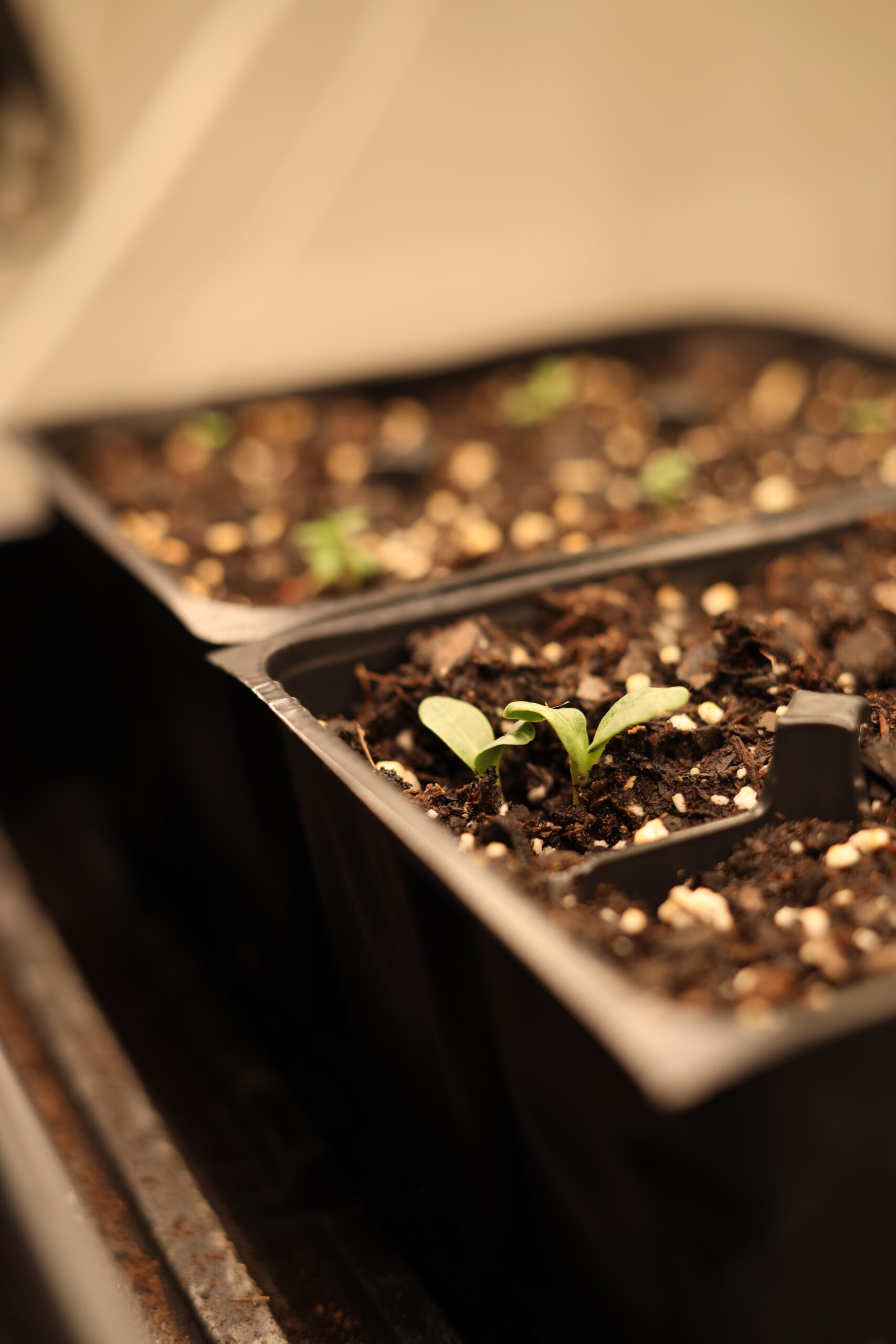
Timing
I would highly recommend keeping a gardening journal where you record when you started seeds, when the seedlings were transplanted, and any notes or results you observed. This will help you narrow down the right planting window for next year.
However, if this is your first time planting a certain plant, use the back of the seed packet as a guide. Plant seeds based on your last frost date and not your hardiness zone. You can find your last frost date by googling "last frost date (your zip code)".

The seed packet will also include helpful information like how deeply to sow the seeds, if you need light to germinate, or if you need to soak the seeds overnight before planting. So make sure to read it carefully.
I also recommend consulting with other gardeners in your area and seeing when they plant. An easy way to do this is to find your area's local gardening group on Facebook. I recommend this because sometimes the recommended starting dates on the seed packet are generic and occasionally incorrect for specific locations (like far northern or southern regions).

Which Plants to Start From Seed
Some plants do better or won't produce in time without starting the plant indoors first. This is especially true if you have a short growing season. Other plants like corn, squash, and melons do better when directly sowed (planting the seeds right into the garden). It's important to research this and consult the seed packet before starting your entire garden indoors. You also have to consider the amount of time and space you have in your indoor seed starting space.
If you do start something like squash or melons indoors, you will have to be extra cautious to not let the plants get too large and to handle the plants carefully during transplanting. Typically, you want to start these plants no more than 3-4 weeks before you plan to move them outdoors. They do not like their roots to be disturbed.
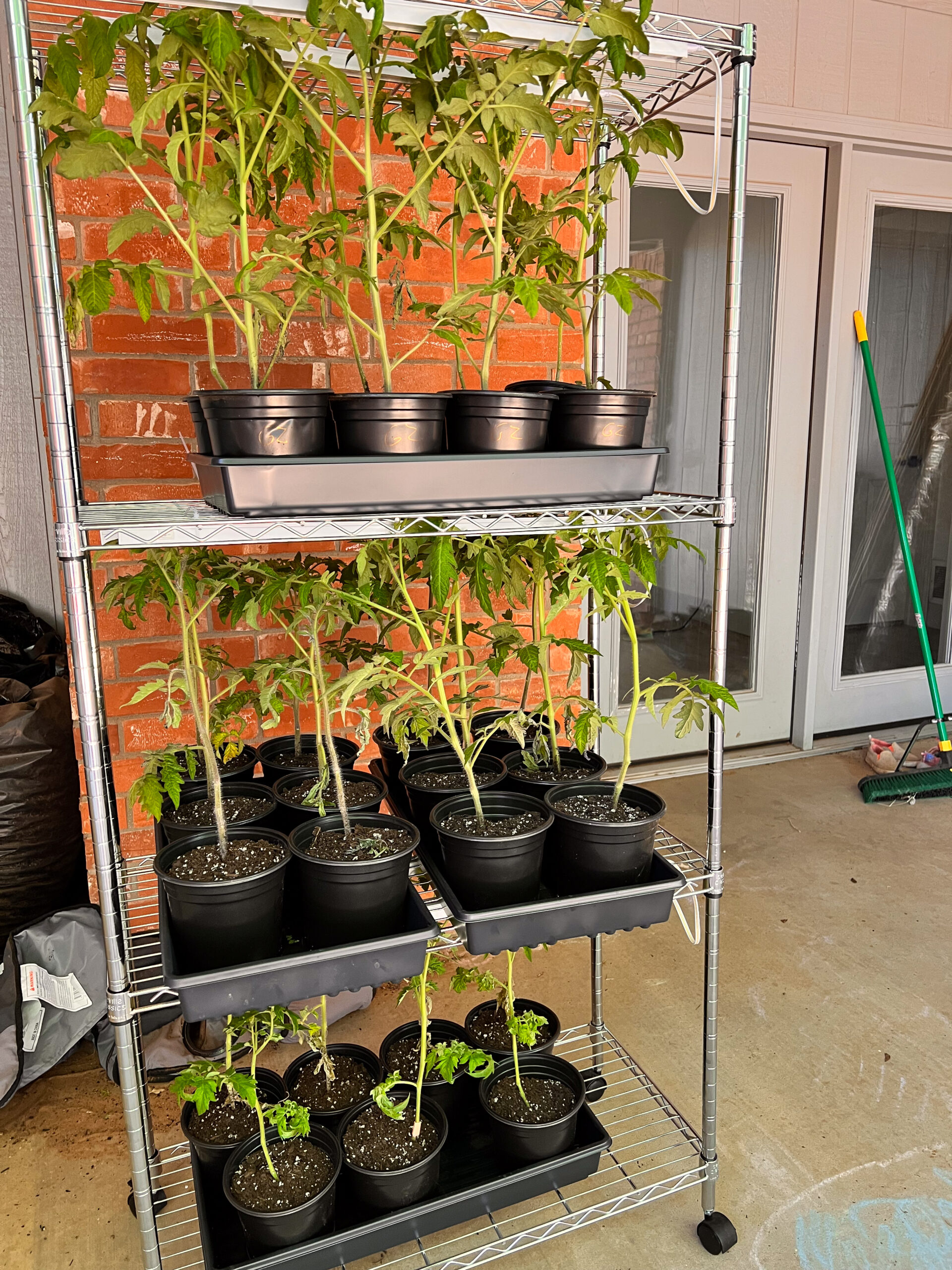
Planting Seeds
When you go to start your seeds, make sure to review the planting recommendations on the seed packet. Fill your containers will soil and plant seeds at the desired depth. Fill the containers up to the top because the soil will sink over time. Lightly cover the seeds with soil and mist the seeds gently with a spray bottle. Then bottom water.
Cover the seeds with a humidity dome or plastic to hold in moisture and place them on a germination mat, if needed.
Thinning Seedlings
I will often plant two seeds per cell or pot to ensure good germination but often both seeds will come up, so they need to be thinned to one per pot. To thin seedlings, take a pair of small scissors and trim off the extra seedlings right at the soil line. Select the seedling with the thickest or sturdiest stem, not necessarily the tallest seedling.
Hardening Off Seedlings
Plan to begin the hardening off process 1-2 weeks before you plan to plant your seedlings outside (which is typically right after the last frost date for most plants). Hardening off is the process where you are transitioning the plants from living inside to living outside.
The first day, bring the plants out for an hour (in a shady location) and each day increase the time and light exposure slowly, adding an hour or two, until your plants are outside all day (bring them in at night). On the night before you plant your seedlings, leave them outside overnight (as long as they are in a protected location).
You may see the plants wilt after planting. Make sure to water them at the time of planting, but they should bounce back after a few days.

Transplanting
When transplanting, handle the plants carefully and make sure to remove the plants from the pot by laying them on their side and pushing the plant out from the bottom. Do not pull a plant out by the stem.
Some plants may need to be transplanted into bigger pots before they are ready to go outdoors. You can tell if you need to move a plant into a bigger container if: the roots are sticking out of the drainage holes on the bottom of the pot, the soil is drying out quickly after watering, and if the top part of the plant just looks huge compared to the pot its in.
If you don't transplant a plant into a bigger container, it can become root bound and not grow or produce well for the rest of the season. For tomato plants specifically, bury the stem a little deeper below the soil when transplanting to encourage healthy root growth.
This concludes my seed starting guide. If you have any questions, be sure to leave a comment below!
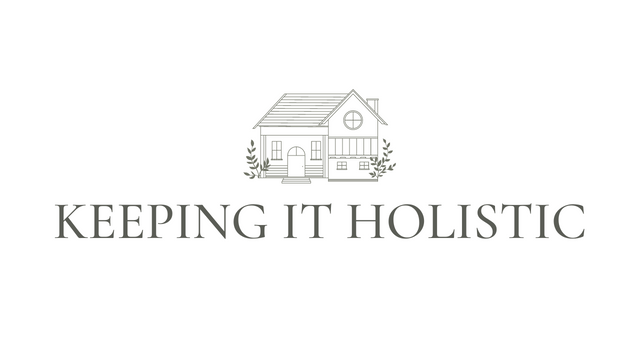

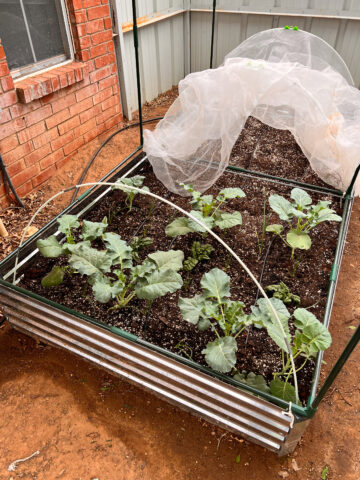


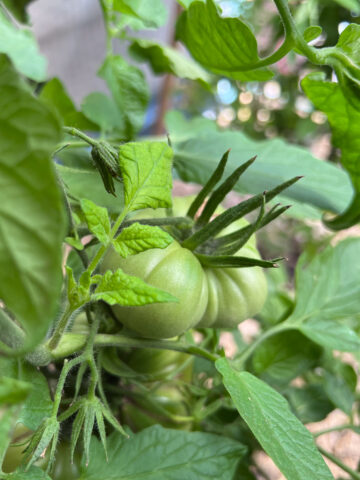
Comments
No Comments